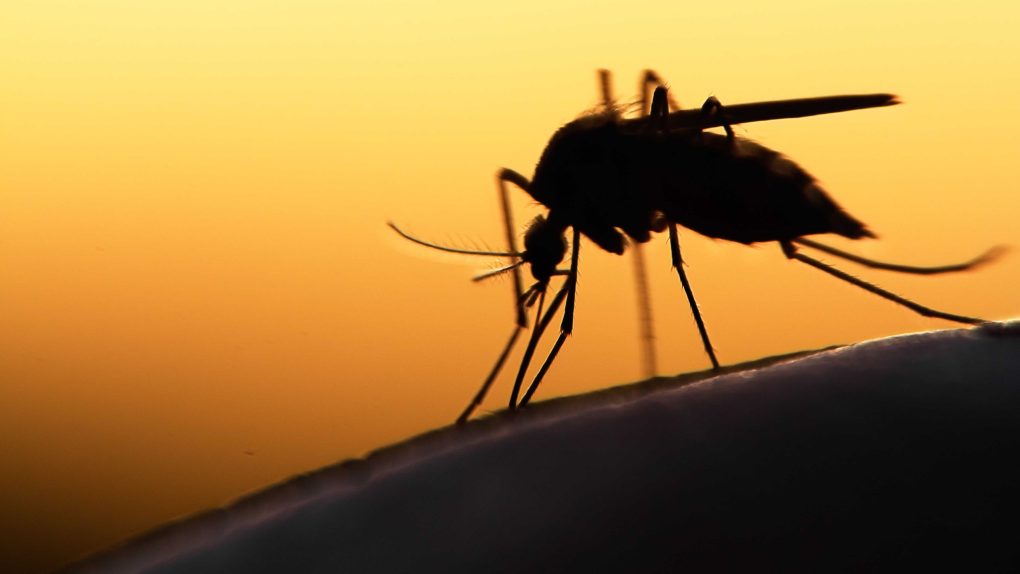We all know that feeling: you’ve turned the lights off and are almost asleep when you hear that infamous buzz. A mosquito is hunting in your bedroom. The dance commences.
You could turn on the lights, and the mosquito will disappear. Turn it off, and the hunt resumes. The annoying bug will continue to taunt you with its buzzing. It’ll almost always find you, and you’ll wake up with bites on the exposed parts of your skin.
How do these blood-sucking bugs find humans in the bugs? Do they see that well in the dark? Researchers from UC Santa Barbara finally answered the question, proving that mosquitoes have superpowers to identify their prey at night. The mosquitoes can see the infrared (IR) light from body heat. This light allows them to pinpoint the location of their victim and then plan their attack.
The problem with certain mosquitoes is that they spread many infectious diseases, including dengue, yellow fever, Zika, and malaria. Anopheles gambiae is the species that causes the latter, and malaria is responsible for more than 400,000 deaths a year.
The UCSB researchers analyzed the abilities of the Aedes aegypti, a species responsible for over one hundred million cases of dengue, yellow fever, and Zika a year. They found the species can detect IR when hunting at night, and explained how it happens.
The researchers suspected Aedes aegypti could see infrared light, so they devised an experiment to prove it. They put female mosquitoes in a cage and then developed two zones to monitor their activity.
One used an infrared-emitting sensor beaming energy at the temperature of human skin, combined with the presence of CO2 at the concentration we exhale and human odor. The second zone lacked an infrared source.
Unsurprisingly, most mosquitoes navigated to the zone that beamed infrared light at around 34C (93.2F) or the human skin temperature. The mosquitoes could see the IR light up to 70 cm (2.5 feet).
The researchers also explained why previous studies failed to identify this mosquito ability. The bugs use information from multiple cues. They look for infrared light, CO2 levels, and body odor. Experiments involving only IR light would not yield the same results.

Furthermore, the UCSB theorized that IR light would travel through the air in an electromagnetic waveform and then hit certain neurons in the mosquito. That’s how the bugs would detect the infrared radiation. They don’t actually see the infrared light. Those heat-sensing neurons are placed on the tips of the antennae. Removing those tips proved that mosquitoes would not be able to detect IR.
However, that’s not strong enough a sensor to allow the Aedes aegypti to see IR in the dark at up to 70 cm. They theorized that the mosquito might feature certain proteins in the rhodopsins family that work as temperature detectors rather than light. They observed a similar behavior from fruit flies more than a decade ago.
The team found that two of the ten rhodopsins in mosquitoes are present in the neurons at the top of the antennae near the TRPA1 temperature sensor that detects infrared light.
They concluded that the TRPA1 sensor kicks in at around 1 foot (30.5 cm), where the IR energy is the strongest. Meanwhile, the two rhodopsins are activated at lower levels of thermal infrared light. Therefore, they are activated first at longer distances. The two rhodopsins then trigger the TRPA1 sensors.
That’s all it takes for a mosquito to find you in the dark. They’ll fly around until they can pick up those IR cues. And then they’ll go to town on you.
The researchers also showed that loose-fitting polyester clothing can prevent IR from reaching mosquitoes (image above). However, extremities such as hands, feet, and the face might remain exposed.
These findings might be more important in subtropical and tropical regions where mosquitos like the Aedes aegypti predominantly operate. The species is now found in other areas, including California. It might help people avoid bites and reduce the risk of getting one of the diseases mentioned above.
The full study is available in Nature magazine.








